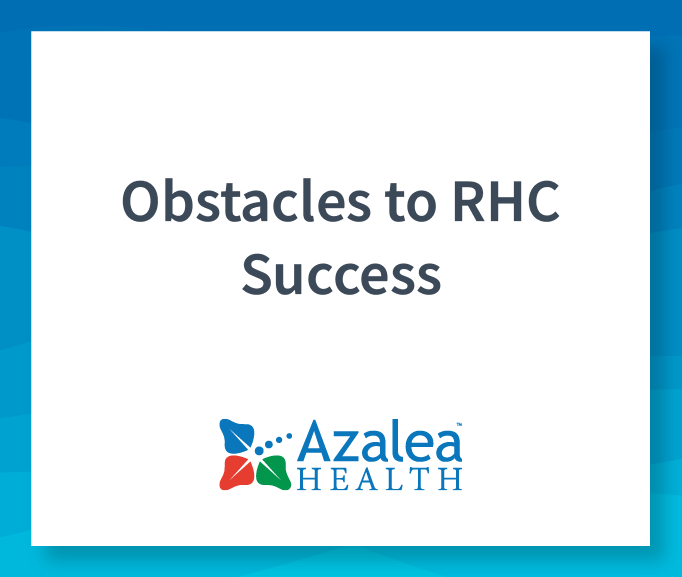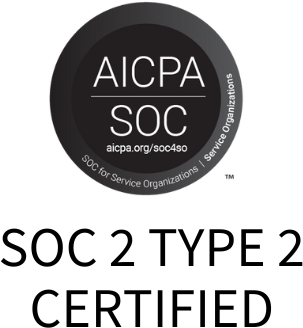RHC Webinar Series: Obstacles to RHC Success
Navigating the Challenges of RHCs
- Specialized Billing: RHCs demand specific billing procedures, including split claims, utilization of UB-04 forms for facility services, and CMS-1500 forms for professional services. To ensure correct reimbursement, your billing team and software should possess a deep understanding of these requirements. Seek out an EHR system that incorporates these features, and tap into the expertise of Revenue Cycle Management (RCM) services to sidestep penalties and maximize revenue potential.
- Data Capture and Reporting: Effective data capture and reporting are vital for compliance and securing reimbursement. Your Electronic Medical Records (EMR) system should cater to the unique needs of RHCs, including the ability to track patient encounters, services rendered, and compliance metrics.
- Cost Reporting: RHCs are obliged to submit annual cost reports, meticulously detailing their financial outlays and revenues. Ensuring the accuracy of these reports is paramount for maintaining compliance. Leverage your EHR’s built-in analytical tools to simplify reporting, alleviating the administrative burden.
- Credit Balance Reporting: Prudent management of credit balance reports is essential to prevent overpayments and potential delays in revenue processing. RHCs must file this report quarterly, and the process can be streamlined through the reporting tools within your EHR, which may offer pre-made templates for added convenience.
- Patient Population: The success of your RHC may hinge on the presence of a substantial Medicare and Medicaid patient population in your locality. It’s crucial to assess the demographics and insurance coverage of your community when contemplating the transition to an RHC.
Want to learn more?
Video Transcript
24:30
There are also cons and obstacles to the RH C success. There are many things that we have to do and that we wouldn’t do on the physician side. We have to file, We have special reporting requirements.
24:45
We need to file a credit balance report. If we are provider based or independent, we need to file that at the end of each quarter. Meaning, we need to look at our funds that have been paid through the program and make sure that we’ve not been overpaid, and owe any money back.
25:01
So, we need to be able to have a system that allows us to be able to pull those reports and take a look at them. We file cost reports at the end of the year, If we are independent, will file those on one type of form. If we’re a hospital, will follow them on another type of form under the main hospital providers. Again, those are things that we’ll go over in the last part of our webinar series.
25:27
When we talk about mining data for an analytics to be able to report for compliance, um, we have to be Anna Geological Storr, shortage area.
25:41
So we need to make sure that we’re in that area, where we can qualify for that.
25:48
We need to have a mid-level provider and our practice for at least 50% of the hours. Sometimes, I’m finding that what clinics are doing now, is they may have two R H, C, one, and one side of the county and then one on an adjacent county, and maybe that the, both of those clinics work for 40 hours.
26:09
So, the mid-level provider will work 20 hours in each clinic. And that’s OK. We can split them. They just have to be there 50% of our operating hours.
26:20
We need a high patient population in Medicare and Medicaid in the area. If we have a lot of commercial insurance and commercial contracts, they may not benefit us to use the program.
26:34
We have to learn a lot of different billing processes. Our billing is much different. We do things like you’ll hear references of bundled billing. You’ll hear split billing.
26:46
You’ll have fun. Here folks talk about being able to do the UB’s of the UB four and doing the 1500. So it does take a unique software to be able to do that. and not all software can do that. I think most of them can now, but we need to make sure that we have those things available as well as being able to pull the data like we talked about for our special reports.


